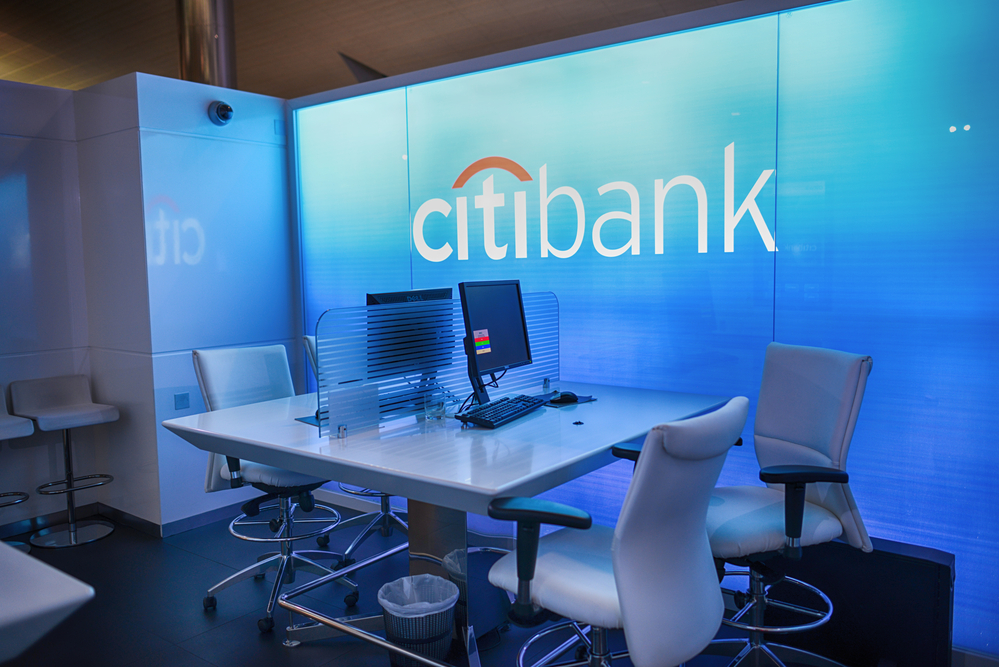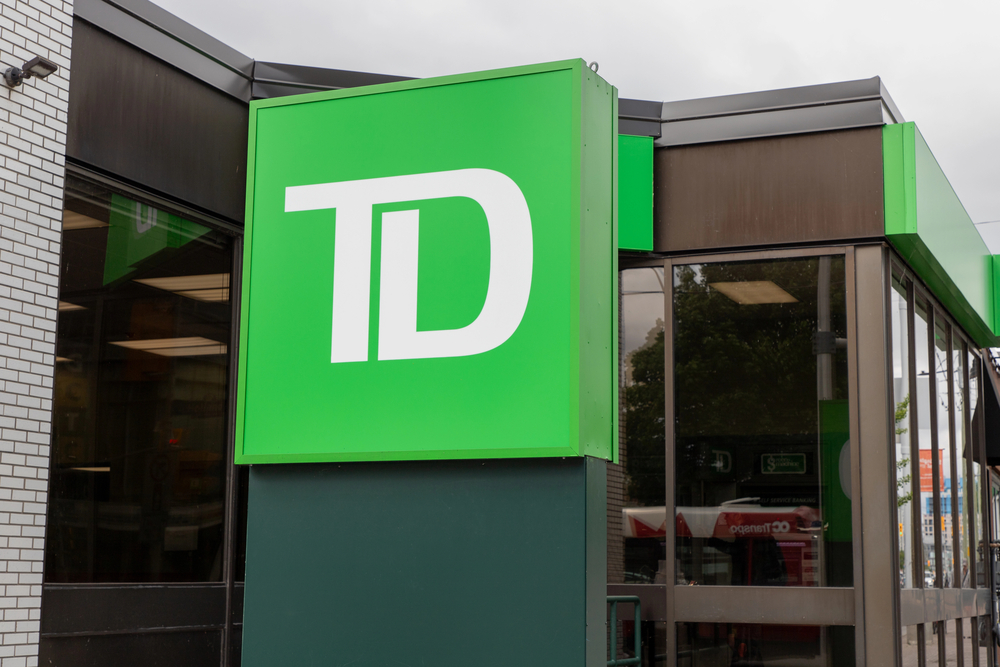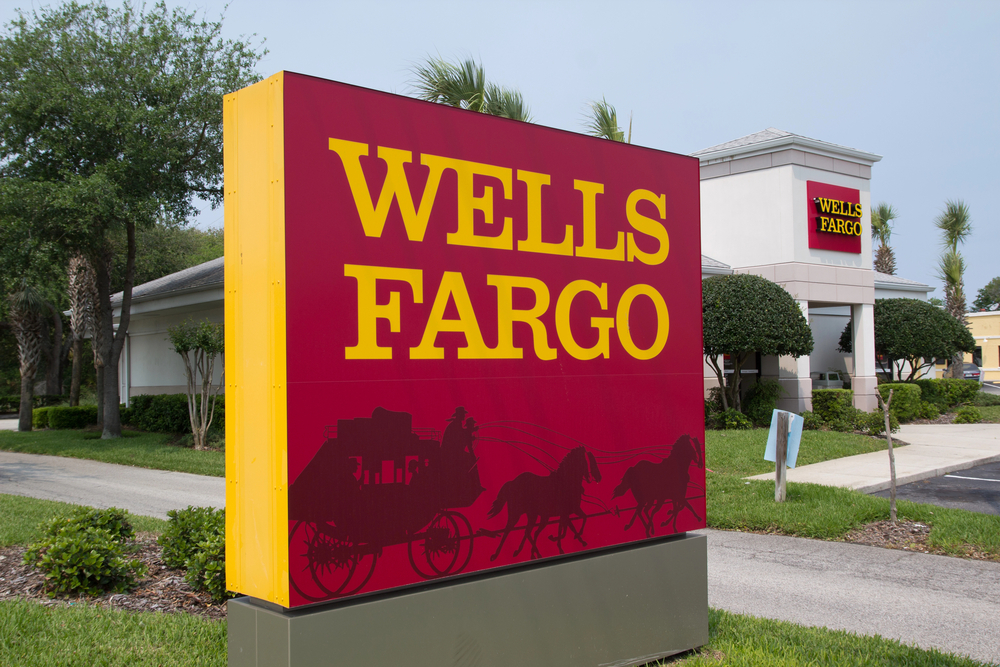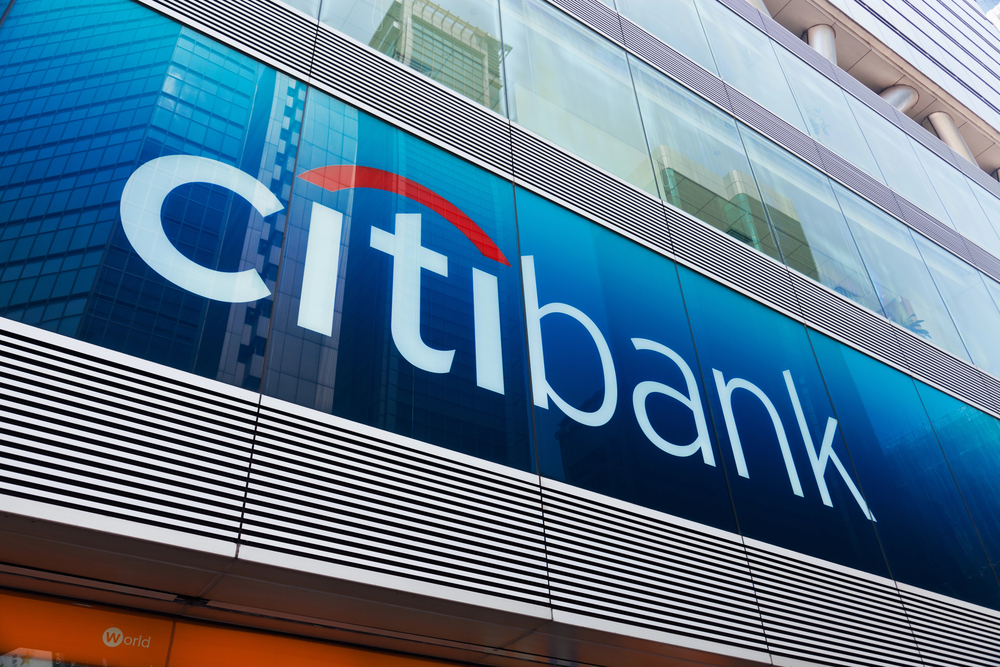Did you know that 82% of consumers prioritize trust and credibility when choosing a financial institution? In a sector where reliability and professionalism are paramount, first impressions can make or break customer relationships.
Well-designed signage can significantly enhance trust and credibility in financial institutions. By effectively communicating professionalism and reliability, signage plays a crucial role in attracting and retaining customers.
Key Takeaways
- Trust and Credibility: Signage plays a crucial role in establishing trust and credibility for financial institutions.
- Professional Design: High-quality materials, clean typography, and minimalist design convey sophistication and reliability.
- Clear Messaging: Concise, straightforward messages ensure customers quickly understand essential information.
- Consistent Branding: Consistent use of colors, fonts, and logos across all signage reinforces brand reliability.
- Effective Types of Signage: Exterior, interior, and digital signage each serve distinct roles in attracting attention, guiding customers, and providing real-time updates.
- ROI of Quality Signage: Investing in high-quality signage leads to increased customer engagement, satisfaction, and long-term brand loyalty.
- Future Trends: Emerging technologies, sustainability, and personalized, interactive signage are shaping the future of financial institution signage.
Comparison Table: Types of Signage for Financial Institutions
| Feature | Exterior Signage | Interior Signage | Digital Signage |
|---|---|---|---|
| Primary Role | Attracts attention, provides first impressions | Guides customers, provides essential info | Delivers dynamic content, real-time updates |
| Examples | Building signs, window graphics, ATM signage | Lobby signs, directional signs, info boards | Digital displays in waiting areas, interactive kiosks |
| Design Considerations | High-quality materials, clear fonts, strategic placement | Professional appearance, clear messaging, strategic placement | High-quality visuals, interactive features, real-time updates |
| Benefits | Enhances visibility, builds brand recognition, communicates important details | Improves navigation, informs customers, enhances experience | Engages customers, keeps information current, provides interactivity |

The Importance of Trust and Credibility in Financial Institutions
Definition and Overview:
Trust and credibility are the foundation of any successful financial institution. They are built through consistent, positive customer experiences and the perception that the institution is secure, reliable, and professional. Signage is a visible representation of these values, offering a tangible way to communicate trustworthiness and integrity.
Customer Expectations:
Customers expect their financial institutions to be dependable, transparent, and professional. They look for signs (both literal and figurative) that a bank or credit union operates with integrity and cares about their financial well-being. High-quality, well-maintained signage reassures customers that they are dealing with a reputable institution that values their trust.
Key Elements of Effective Signage for Financial Institutions
Professional Design:
A clean, professional design is essential for financial institution signage. This means using high-quality materials, elegant typography, and a minimalist aesthetic to convey sophistication and reliability. Professional design elements create a sense of stability and trustworthiness, which is critical for financial institutions.
Clear Messaging:
Messages on financial institution signage must be clear, concise, and relevant. Avoid jargon and complex language; instead, focus on straightforward messages that convey essential information quickly and effectively. Clear messaging helps customers understand and trust the institution’s offerings and services.
Consistent Branding:
Consistency in branding across all signage reinforces reliability and trust. This includes using the same colors, fonts, logos, and tone of voice in all communications. Consistent branding ensures that customers can easily recognize the institution and feel confident in its stability and professionalism. For example, a consistent look across ATMs, branch signs, and marketing materials helps build a cohesive brand image.
By focusing on professional design, clear messaging, and consistent branding, financial institutions can use signage to build trust and credibility effectively.

Types of Signage for Financial Institutions
Exterior Signage
Role: Attracting attention and providing first impressions.
- Building Signs: Large, visible signs on the exterior of the building help customers locate the institution and form a strong first impression.
- Window Graphics: These can be used to display promotional messages, business hours, and other essential information, enhancing the building’s aesthetic while communicating important details.
- ATM Signage: Clear, well-branded ATM signage ensures customers can easily find and use ATM services, contributing to a seamless and trustworthy experience.
Interior Signage
Role: Guiding customers and providing essential information.
- Lobby Signs: Professional lobby signs welcome customers and reinforce the brand identity right from the entrance.
- Directional Signs: These guide customers to various parts of the institution, such as service counters, restrooms, and offices, improving navigation and overall customer experience.
- Service Information Boards: These provide details about available services, wait times, and other important information, helping customers feel informed and valued.
Digital Signage
Role: Delivering dynamic content and real-time updates.
- Digital Displays in Waiting Areas: These can display news, financial tips, promotional content, and real-time updates, keeping customers engaged and informed while they wait.
- Interactive Kiosks: These allow customers to access information, check-in for appointments, and perform transactions, enhancing convenience and customer satisfaction.

Designing Signage That Builds Trust and Credibility
Choosing the Right Materials:
Using high-quality, durable materials for signage is crucial. Materials like brushed metal, high-grade acrylic, and tempered glass convey professionalism and longevity. Durable materials also ensure that signs remain in excellent condition over time, reinforcing the institution’s reliability.
Color and Font Choices:
Color psychology plays a significant role in how signage is perceived. Blue is often used in financial institutions as it conveys trust, stability, and security. Green can suggest growth and prosperity. Font selection is equally important; sans-serif fonts are generally seen as modern and clean, while serif fonts can convey tradition and reliability. The key is to choose colors and fonts that align with the brand’s identity and the message it wants to convey.
Placement Strategies:
Strategically placing signage ensures maximum visibility and impact. Exterior signs should be positioned at eye level and in well-lit areas to attract attention. Interior signs should be placed at key decision points, such as entrances, exits, and intersections within the branch, to guide customers efficiently. Digital signage should be placed where it can capture attention without causing distractions, such as in waiting areas or near service counters.
The ROI of Quality Signage for Financial Institutions
Cost vs. Benefit:
Investing in high-quality signage can seem like a significant upfront expense, but the long-term benefits far outweigh the costs. Quality signage improves visibility, attracts new visitors, and enhances the overall community experience, leading to higher attendance and greater engagement. The return on investment is substantial, as effective signage serves as a constant advertisement for your financial institution.
Increased Customer Engagement:
Well-designed signage can lead to a noticeable increase in customer engagement and satisfaction. Attractive and informative signs draw attention and encourage potential visitors to engage with the institution. Clear and welcoming signage can also make it easier for newcomers to feel comfortable and engaged.
Strengthened Brand Loyalty:
Memorable signage can build brand loyalty by creating a positive and consistent brand experience. Customers are more likely to return to an institution that they can easily recognize and navigate, leading to repeat business and long-term customer relationships.

Future Trends in Financial Institution Signage
Technological Innovations:
Emerging technologies in signage materials, lighting, and interactivity are transforming the industry. Digital displays, augmented reality (AR), and LED advancements allow for more dynamic and engaging signage options.
Sustainability:
The growing importance of eco-friendly signage options is shaping the future of the industry. Using sustainable materials and energy-efficient lighting reduces environmental impact and appeals to eco-conscious consumers.
Personalization and Interactivity:
The future of signage lies in personalization and interactivity. Personalized signs that display customized messages based on customer data, and interactive signs that engage customers in real-time, are becoming increasingly popular.
Conclusion
Summary:
Signage plays a vital role in building trust and credibility for financial institutions. By focusing on professional design, clear messaging, consistent branding, and strategic placement, institutions can enhance customer engagement and loyalty. Investing in quality signage provides long-term benefits, including increased foot traffic and improved brand perception.
Call to Action:
Financial institutions should consider investing in high-quality signage to build trust and credibility and enhance customer experience. Effective signage can significantly boost your institution’s visibility, attract new customers, and build long-term loyalty.
Contact Information:
For expert signage solutions, contact Tupp Signs today. Elevate your financial institution’s brand with stunning, professional signs that reflect your unique identity. Visit our website or fill out our contact form to get started on designing the perfect signage for your financial institution.
By following these guidelines, financial institutions can design effective and attractive signage that builds trust and credibility, enhances customer experience, and strengthens brand loyalty.


